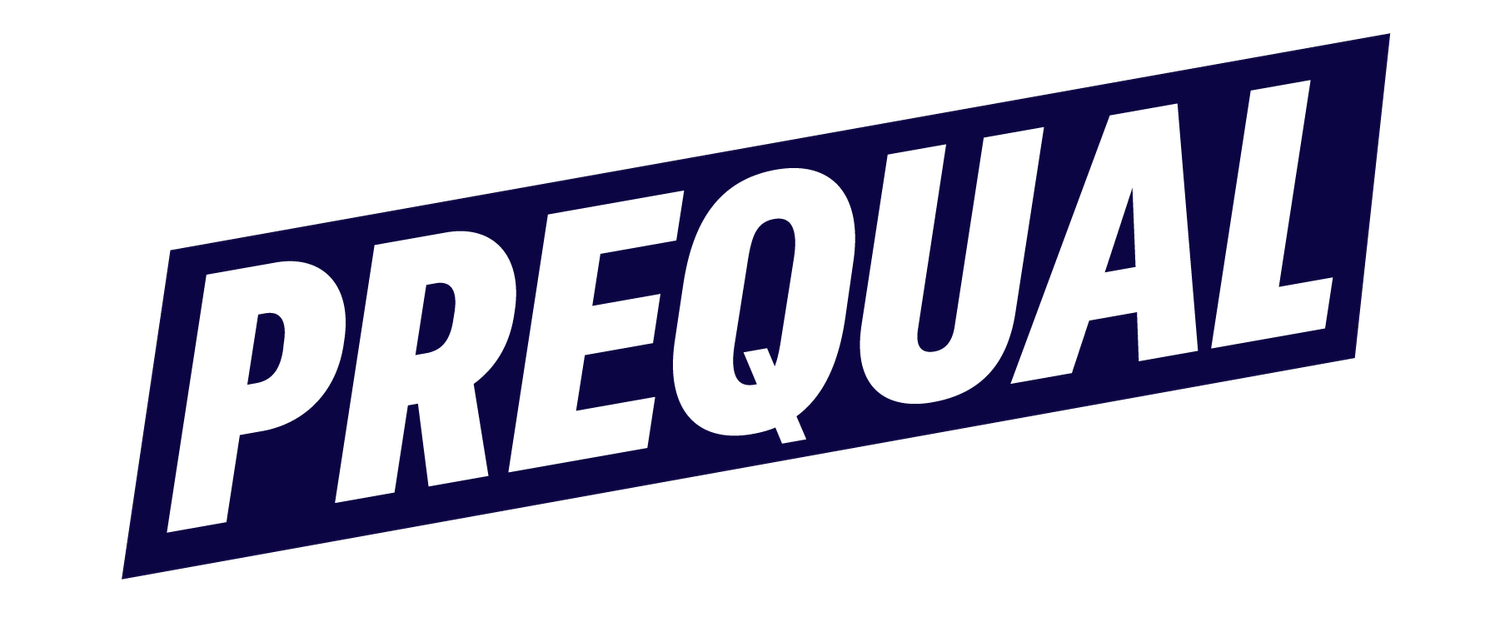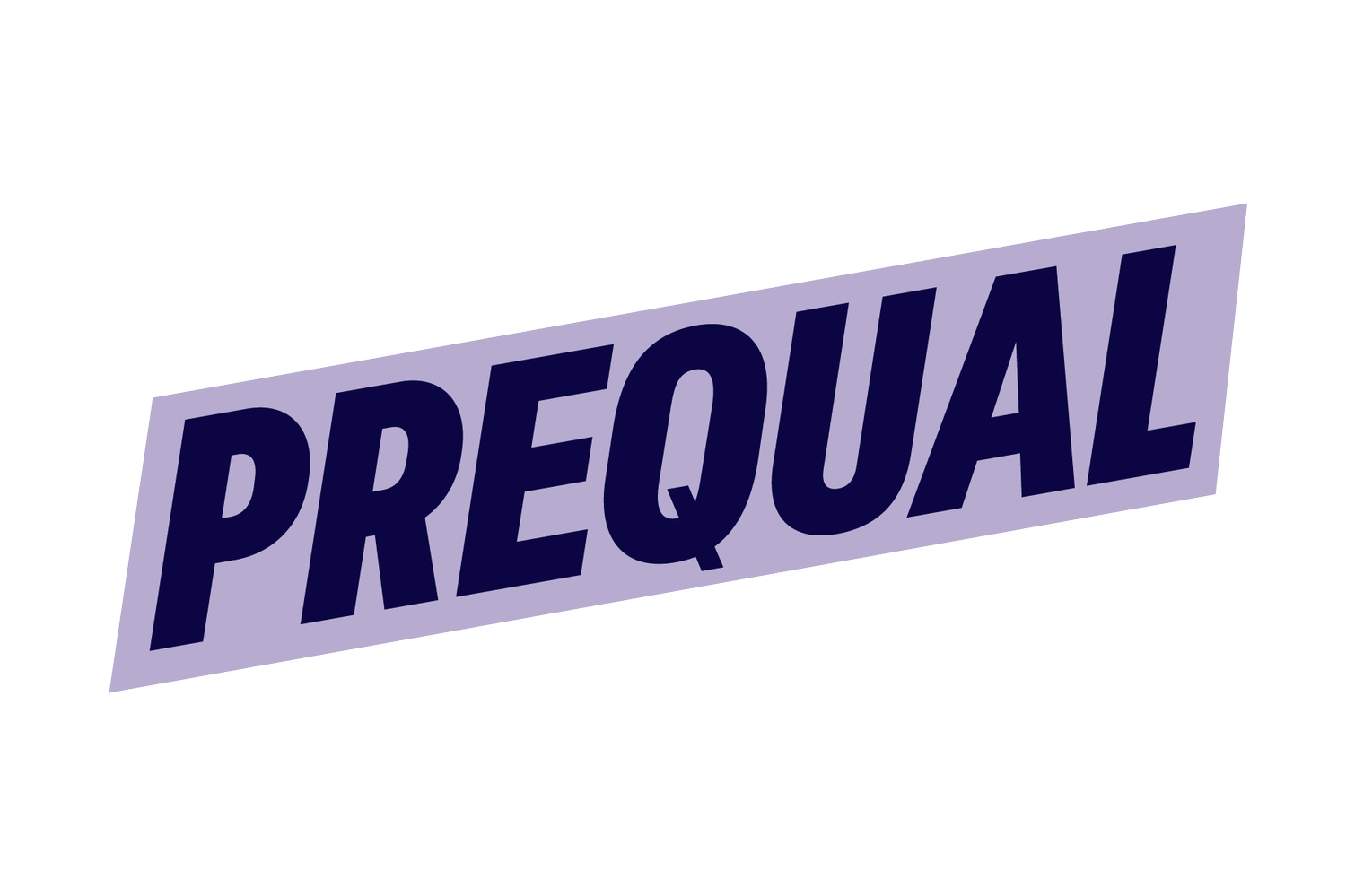5 Billing and Invoicing Lessons Every Small Business Owner Should Know
In the hustle and bustle of running a small business, billing and invoicing may seem like just another task on your to-do list. However, these functions are vital touchpoints that can enhance client relationships and overall client experience (CX). Here are five essential lessons every small business owner should know about billing and invoicing to promote goodwill with your clients.
Think of Invoicing as a Client Touchpoint
Invoicing should be viewed as more than a necessary task—it's an opportunity to connect with your clients. Your invoice is often one of the few documents your client will read thoroughly, so use it to reinforce your value. Highlight key performance indicators (KPIs) related to your client's objectives and demonstrate how your services have positively impacted their project. By doing this, you transform a routine invoice into a meaningful reminder of the benefits you've provided. For more insights on how to approach pricing and invoicing with a client-centric mindset, check out our article on Pricing Strategies for Profitability and Sales.Be Transparent About Costs
Transparency is a cornerstone of excellent client experience. Before sending an invoice, consider reaching out with a pre-invoice check-in to confirm that everything is on schedule and there are no surprises. This proactive approach not only enhances trust but also demonstrates your commitment to open communication. Clients appreciate knowing what to expect, and it can help prevent any discomfort associated with unexpected charges.Personalize Your Invoices
Adding a personal touch to your invoices can significantly enhance their impact. Simple gestures, like including a handwritten note or a photo of your team, can make your communication feel more human and personable. These thoughtful additions demonstrate your appreciation for your client's partnership and help foster a stronger connection. Additionally, sharing how the project has contributed to your team's growth or community initiatives can deepen this connection, creating a sense of pride for your clients and reinforcing the collaborative nature of your work together.Utilize Invoices for Marketing Opportunities
An invoice can be a marketing tool just as much as a brochure or social media post. Consider using it to introduce new team members, highlight upcoming projects, or share testimonials from satisfied clients. This approach not only showcases your expertise but also keeps your clients informed and engaged with your brand. Celebrate milestones and express gratitude—these elements can help turn a standard billing process into a celebration of collaboration.Continuously Improve Your Billing Process
Lastly, remember that the billing process is not static. Regularly seek feedback from your clients about their experience with invoicing and billing. Understanding their perspectives can provide invaluable insights for refining your processes. Implementing efficient systems and tools can also streamline your billing operations, making it easier for both you and your clients. A well-structured process not only minimizes errors but also contributes to a smoother client experience.
Billing and invoicing are not merely administrative tasks; they are vital components of your client experience strategy. By approaching these processes with intention and care, you can build stronger relationships, foster client loyalty, and ultimately enhance your business's success. For more tips on effectively communicating value and pricing strategies, explore our other resources at Prequal.


